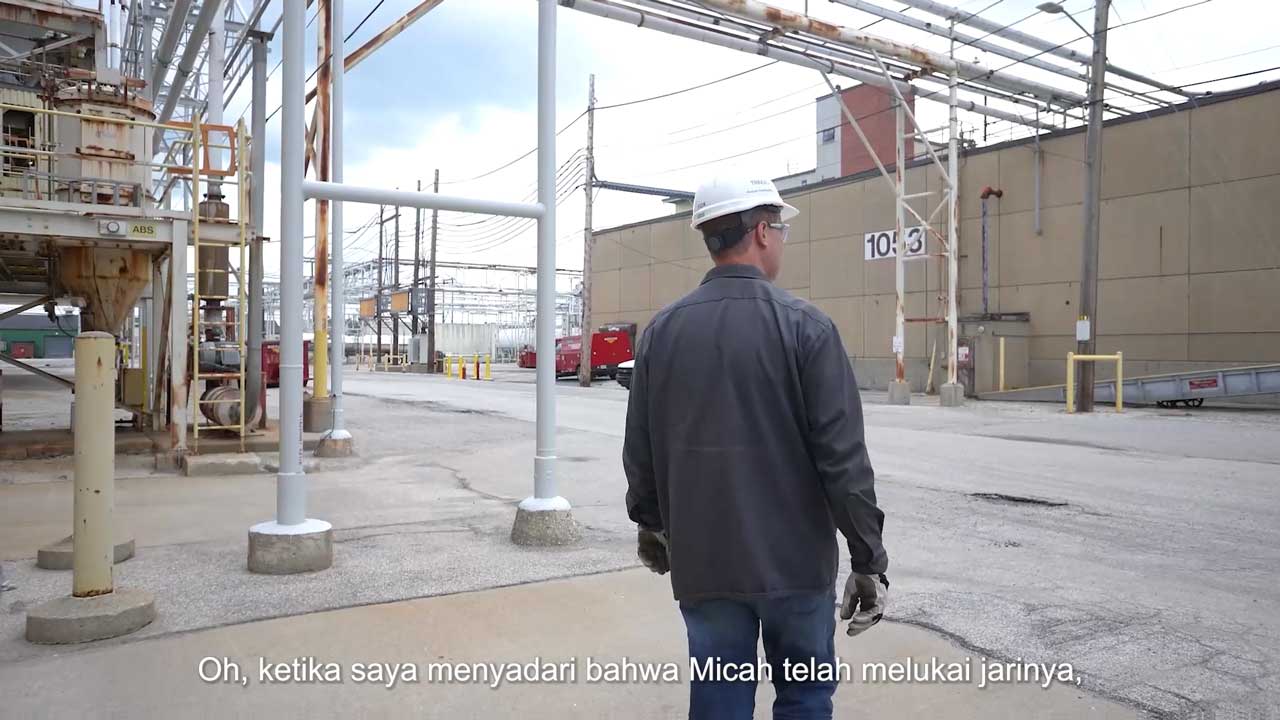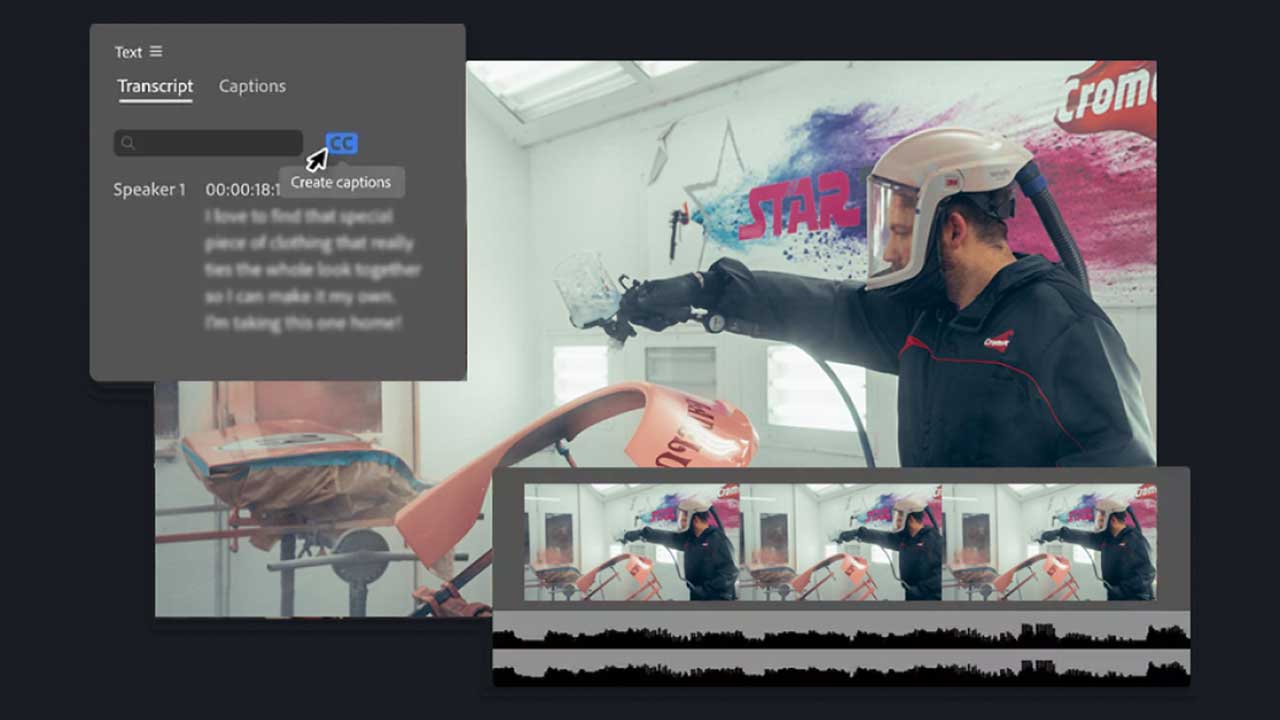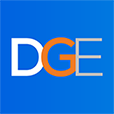AI is everywhere these days. It’s one of the latest buzzwords (or is that buzz-acronym?) that everyone has to mention in their communications to show that they keep up with the latest innovations. As well as a catch all for a wide range of technologies and techniques that do “smart human things faster and better.”
But whatever the latest technology, at Dark Grey Europe we understand that it needs to add real value for our clients and not just be a gimmick. So, we thought we’d share some of our real Artificial Intelligence experience (is that an oxymoron?) that make a difference to our work for our clients.
Local Storytelling
Time is money! Whatever language you speak! And in our world of international communications, a lot of time, money and effort has always gone into localisation (or localization if you are in the United States) of messaging and material. This typically involves taking an English master item and translating into one or more languages. In recent years this has been becoming increasingly easy and accurate for almost anyone to do. With tools like Google Translate, and a bit of human intervention for technical terminology, jargon, translating centrally written copy has been increasingly easy to be done flexibly by most without the use of professional translation services. And many of our clients handle a lot of this work through their local sales and marketing organisations.
Also, for video you can easily use auto captions for a final video using tools in editing suites or online platforms like TikTok and YouTube, and mostly nowadays people are accustomed to the inaccuracies, and the tools are getting better every day. These allow content creators to automatically publish their material in multiple languages at the push of a button. where there is a need to show diversity and inclusivity.
But this brings us to an area where international companies are generally restricted. How do you generate, practical and interesting content from local experts that are not professional storytellers? They have more exotic source and target languages, which are patchy on transcription and translation, there is more human handling needed with experts talking to marketing, talking to copywriters, coordination of interviews with translators etc. All just to get the content produced. Generally, there are fewer local marketing resources to support, and this has been a challenge in time, costs, and accuracy. Cross-language storytelling at scale has only been practical for limited, usually tightly scripted, corporate messages where there is a need to show diversity and inclusivity.
So, with our increasingly inclusive world with companies keen to involve and show off their expertise from around the globe, how do you originate these stories where there is no local storyteller to craft the expert’s story for a global audience?
By applying our processes and using a range of AI tools to support, we can translate quickly and effectively to and from almost any language accurately. This enables us to collaborate almost directly with anyone across the world. We provide guidance and can create clear briefs to preparing local interviews to identify local stories. Transcription can be done quickly and accurately enough, sometimes on the fly, and translations managed to allow stories and cut scripts to be quickly written. And these can then be easily reviewed by multi-language audiences (using tools like auto caption), for stakeholder approval. And the final editing and eventual subtitles can be done with high levels of accuracy at speed. All without the need for any significant external translation or local marketing support. So, a local video testimonial with a global appeal from almost anyone, in any language, anywhere in the world can be done within a few days.
And with AI tools like live translation, becoming increasingly integrated almost invisibly throughout our communication devices, language barriers to storytelling are set to become negligible in the next few years.
Auto-Captions for Axalta’s video
AI in Visualisation
Another, perhaps more obvious application in the creative world is in AI imagery. Visual content obviously plays a vital role in marketing, and it’s part of our job to understand the power of captivating imagery.
We all see more and more AI generated images every day and everyone has access to it. So how does a creative agency stay relevant when all you need to do is type a few prompts to generate your own unique image for your campaign or social posts? Well, it’s not quite as easy as that, but we would say that wouldn’t we…
There are a few pros and cons AI image tools and the output. Some of the great uses are in generating photorealistic or stylized images. With the help of AI-driven tools like Midjourney, we can generate high-quality visuals for our clients’ campaigns, creating intriguing shots without the need for models or expensive location photography. And perhaps more importantly, without the need for intensive Photoshop composition.
At the concept stage, more ideas can be visualized quicker. This means getting to better ideas, faster, and speeding up the decision-making process by clients. We can reduce the time taken on “what if we try…” dead-ends. We can explore alternatives and quickly iterate through various design concepts.
This approach not only enhances the aesthetics of the projects but also speeds up and improves the conceptual end of the creative process.
At the production end of graphics, day-to-day tasks that required mastery of many tools and techniques are also a lot easier. Everything is getting faster and easier, with tools like Generative Fill appearing in Photoshop and stock image suppliers also providing all kinds of enhancement on the fly this is an area where things will be moving faster and faster.
But the speed and ease can be a double-edged sword. It is relatively easy to get a great, high-quality conceptual image, however once you get into specific details such as products and their application, then it can get tricky. Like a lot of new technologies, the last mile is often the most difficult and that’s where we keep a close eye.
The human skill remains in understanding the context for the audience and stakeholders and understanding how the tools can be used to help or hinder. We continue learn about new tools and techniques as we have always done, but without losing sight of what our clients want.







